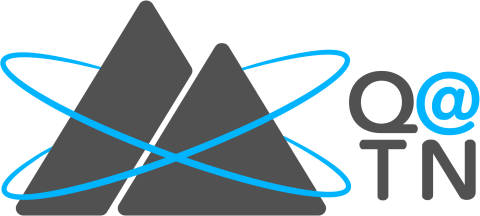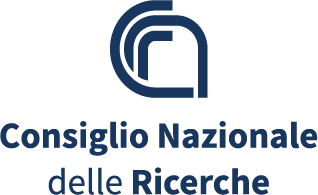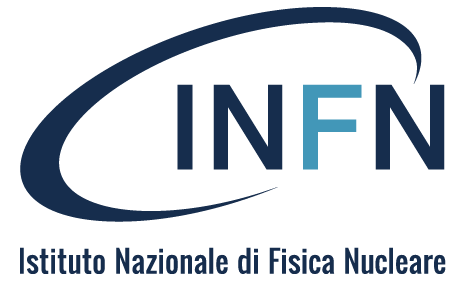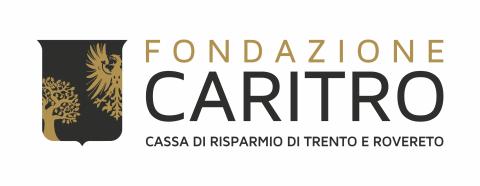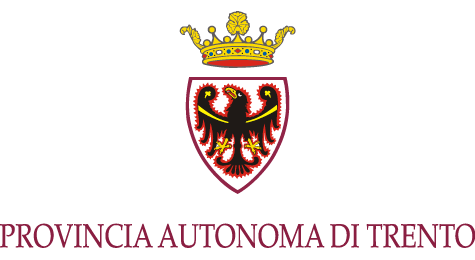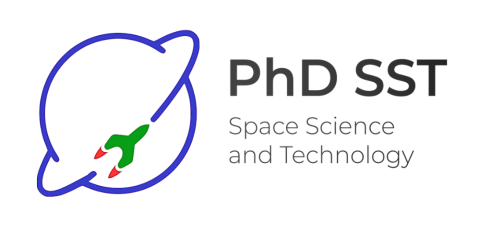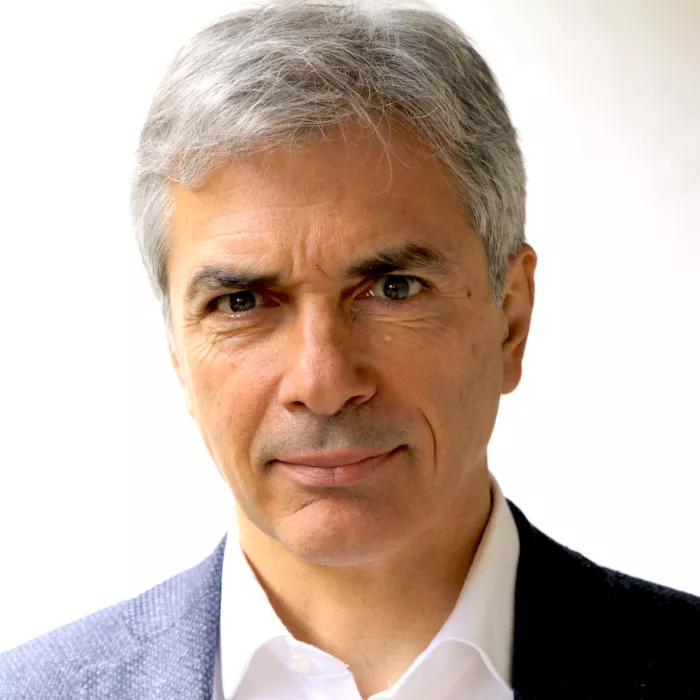
Quantum Communications: from basic science to applications
Colloquium Q@TN

Abstract
The exchange of quantum states is the most fundamental level of communications. This makes it possible to connect different systems but also to analyse the changes introduced by communication channels.
These possibilities are useful tools for the investigation of the basic principles of quantum mechanics.
Quantum communication is also a useful tool for countering cyber attacks, through the secure exchange of cryptographic keys and the generation of genuine random numbers.
The talk will present current aspects of ongoing research, in particular at the Res. Center for Quantum Technologies of the University of Padua and the QuantumFuture Research group.
References
1. Villoresi, P. et al. Experimental verification of the feasibility of a quantum channel between space and Earth. New J. Phys. 10, 033038 (2008).
2. Vallone, G. et al. Experimental Satellite Quantum Communications. Phys. Rev. Lett. 115, 040502 (2015).
3. Vallone, G. et al. Interference at the Single Photon Level Along Satellite-Ground Channels. Phys. Rev. Lett. 116, 253601 (2016).
4. Vedovato, F. et al. Extending Wheeler’s delayed-choice experiment to space. Sci. Adv. 3, e1701180 (2017).
5. Agnesi, C. et al. Sub-ns timing accuracy for satellite quantum communications. J. Opt. Soc. Am. B 36, B59 (2019).
6. Santagiustina, F. B. L. et al. Experimental post-selection loophole-free time-bin and energy-time nonlocality with integrated photonics. Optica 11, 498 (2024).
7. Terno, D. R. et al. Proposal for an optical interferometric measurement of the gravitational redshift with satellite systems. Phys. Rev. D 108, 084063 (2023).
8. Avesani, M. et al. Full daylight quantum-key-distribution at 1550 nm enabled by integrated silicon photonics. npj Quantum Inf. 7, 93 (2021).
9. Sabatini, M., Bertapelle, T., Villoresi, P., Vallone, G. & Avesani, M. Hybrid Encoder for Discrete and Continuous Variable QKD. Adv. Quantum Technol. 2400522, 1–8 (2025).
10. Picciariello, F. et al. Intermodal quantum key distribution field trial with active switching between fiber and free-space channels. EPJ Quantum Technol. 12, 6 (2025).
11. Giacomin, M., Santagiustina, F. B. L., Vallone, G., Villoresi, P. & Agnesi, C. A passive and self-characterizing cross-encoded receiver for reference-frame-independent quantum key distribution. Opt. Quantum 3, 389 (2025).
12. Bertapelle, T. et al. High-speed source-device-independent quantum random number generator on a chip. Opt. Quantum 3, 111 (2025).
13. Scalcon, D., Bazzani, E., Vallone, G., Villoresi, P. & Avesani, M. Low-error encoder for time-bin and decoy states for quantum key distribution. npj Quantum Inf. 11, 22 (2025).
Short Bio
Paolo Villoresi is a Full Professor of Physics and the funding Director of the Padua Quantum Technologies Research Center, both at the University of Padova. He studied Physics and Applied Mathematics at University of Padova, where he is permanent faculty since 1994.
In 2003 he began experimental research in the field of quantum communications in space, obtaining funding from the University of Padua and working at the MLRO observatory of Matera of the Italian Space Agency. In over twenty years, with the QuantumFuture Research group that he founded, he has demonstrated its feasibility with various space experiments based on original techniques of Qauntum Optics. The first experiments were conducted in collaboration with Anton Zeilinger, winner of the Nobel Prize in 2022. The QuantumFuture research group is also active both in fundamental research and in the applications of quantum communications in the fields of secure communications and fundamental tests of Quantum Physics. Another research line is in the generation of random numbers using discrete and continuous quantum variables, introducing new protocols and realizing them in quantum processes reaching generation rate of tens of Gbps.
Previously he conducted studies on Physics in the Attosecond domain, the generation of high-order harmonics, the multiphoton ionization, the ultrafast optics in extreme ultraviolet and X-rays domains, often exploiting adaptive optics and collaborating with the 2023 Nobel Laureates.
He has deposited 14 industrial patents and patent applications and among the founders of two companies, spinoff of University of Padua.
Since 2021 he is the President of the Strategic Technical Committee of Veneto Sviluppo, nominated by the Veneto Regional Council.
He is a fellow of the dell’Istituto Veneto di Scienze Lettere ed Arti.
Remote connection
Zoom info to be requested to dn_sst@unitn.it
Questo contenuto è disponibile solo in inglese.


